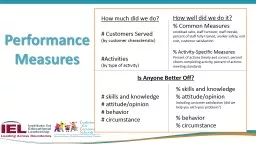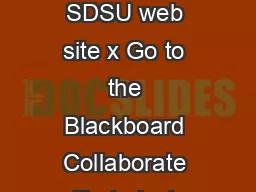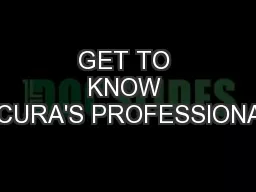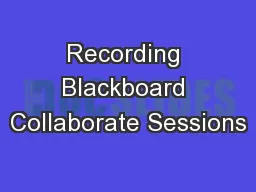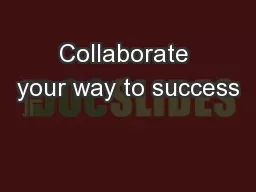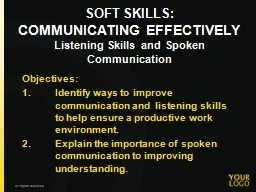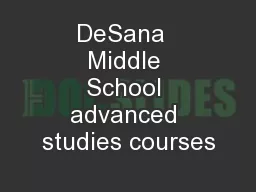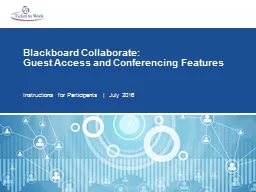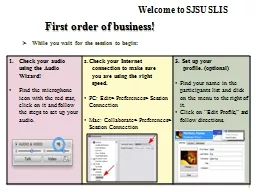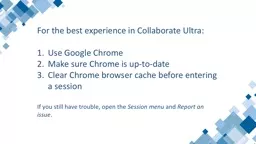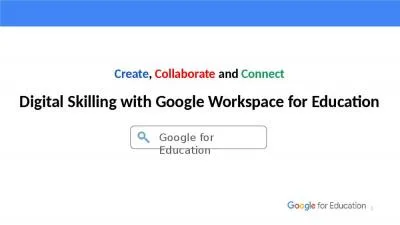PPT-How to Collaborate Effectively
Author : aaron | Published Date : 2018-02-10
Appalachian Higher Education Network wwwcommunityschoolsorg Martin Blank Director Coalition for Community Schools Institute for Educational Leadership June
Presentation Embed Code
Download Presentation
Download Presentation The PPT/PDF document "How to Collaborate Effectively" is the property of its rightful owner. Permission is granted to download and print the materials on this website for personal, non-commercial use only, and to display it on your personal computer provided you do not modify the materials and that you retain all copyright notices contained in the materials. By downloading content from our website, you accept the terms of this agreement.
How to Collaborate Effectively: Transcript
Download Rules Of Document
"How to Collaborate Effectively"The content belongs to its owner. You may download and print it for personal use, without modification, and keep all copyright notices. By downloading, you agree to these terms.
Related Documents

